Since starting this series in August 2016, I’ve been reading almost incessantly, completing 21 books and counting. That’s an achievement I’m very proud of, considering previously I read just two or three books per year.
I originally wanted to travel with only print books, as well. Then in early spring I caught myself carrying four books at once, cramming the extras greedily into my backpack. That’s when I realized I had a problem.
“Hi, my name is Will. And I’m a bookaholic.”
So I bought a Kindle Paperwhite which, I’ll admit, has been a fantastic purchase. It’s given me access to a literal (pun!) universe of books I wouldn’t otherwise be able to carry or find, like Dostoyevsky’s substantial The Brothers Karamazov and various esoteric works out-of-print.
Now like my journey over land, my journey through the world of writing has become self-guided – not to mention less influenced by the fickle whims of providence and what modern bookshops consider worthwhile reading.
I’ve also backed off my efforts to read only canonical literature. While that’s still a strong and rewarding desire, I’ve found that I can’t stop myself from reading books on spirituality, psychology, cosmology, and other forms of non-fiction. These are organic interests, as you may have gathered from my writing.
Artificially confining myself to literature when I felt called to explore other topics began to feel contradictory to my more primary commitment to self-discovery, which began long before my travels. As we shall see in a moment, this return to myself has yielded great dividends.
Because I’ve been blessed with the opportunity to experience not just the best but the truth of the world, as much as I can figure it. This is why I avoid travel guides, for example, and instead trust my heart and intuition to guide me to those people, places, and things that will most serve, both on- and off-the-beaten path.
By expanding my focus to include a broader range of books in more formats, I’ve similarly expanded the possibilities of this aspect of my journey. I’m no longer placing demands on the world, asking that it conform to my expectations for what it is.
Instead I’m opening to what it actually might be. One book at a time.
A CELEBRATION OF WOMEN
Of the 20-plus books I’ve read over the past year, four have had the biggest impact. They’ve rewired my perspective, bestowed countless blessings, and left me pausing frequently to reflect and catch my breath.
As it happens, three of these books were written by women.
So I decided to group the books together, not so they can be segregated but so they can be celebrated. Because while I believe the highest wisdom and beauty transcends the human, perhaps certain kinds of humans have access to certain kinds of wisdom and beauty that others don’t. Maybe women can access different “flavors” of insight than men, for example.
This is not to suggest that they can or do, because truly I am not yet old or wise enough to know. But I’m curious if it’s possible. Thus I thought that by juxtaposing these three writers and their books together, we could see whether it might be so.
And one way or another, they all are certainly worthy of each other’s company.
To The Lighthouse by Virgina Woolf
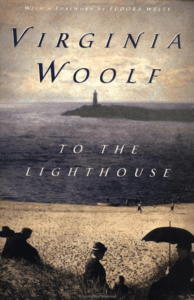
Though I needed a new book, a little voice in my head challenged me, “Will you be thinking of C the whole time?” This voice is surely familiar to all who have loved and lost.
Fortunately, I didn’t listen to that voice. Because opening the book and entering the world of the Ramsay family felt like diving overboard into a fathomless sea of literary power, and my view of language and literature would never be the same.
To be carried along as the narrative perspective flowed into and through the minds of the characters, boundlessly revealing their inner thoughts, feelings, pains, fears, and foibles unexpressed in the social constraints of early 20th century English society.
To witness the inner workings of a woman’s mind and heart, as she juggled the competing responsibilities of loving mother and devoted-yet-frustrated wife, head of household, social architect, and independent striver and dreamer.
Then to become the wind, embodying time itself, as it blew through the eras of a family’s life, and the growth and development, tragedy and loss, transition and decay that only the passage of years can bring.
To experience all this felt like falling headlong into the oceanic greatness of a genius.
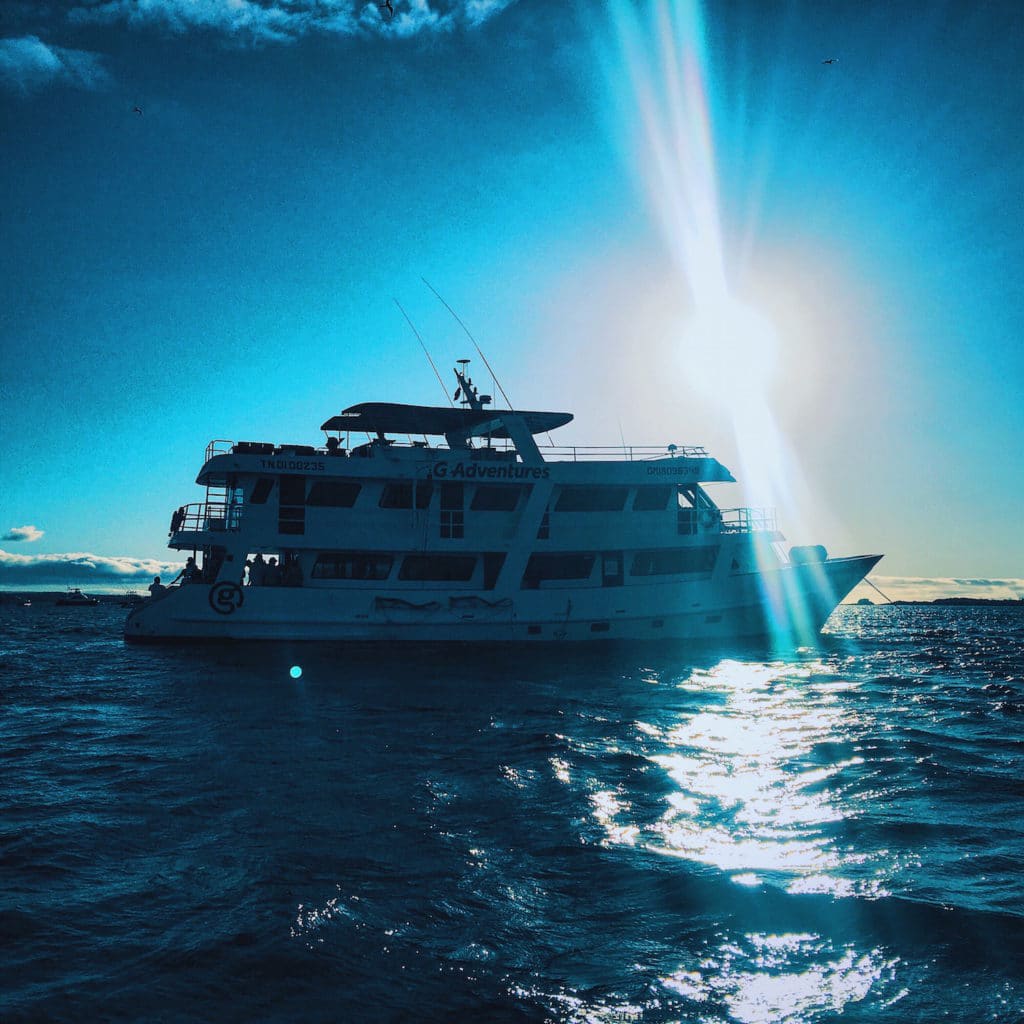
Not that I didn’t struggle at first. Woolf’s writing style required a big adjustment as it danced through its many viewpoints, making it difficult to determine, for example, who was speaking or even thinking in a given sentence. (Though I’m sure that was the idea.)
As a result I confess I wanted to throw the book across the room at first. This an honor I have reserved for just 2 other works: Tristram Shandy by Laurence Stern and Atlas Shrugged by Ayn Rand. (If you’ve read the latter, I invite you to guess when in the story the book became a projectile.)
However, my trust in the taste of a woman I spent many years of my life with encouraged me to push through, and I’m so happy I did.
Because in the reading I also gained a new appreciation for C-. She often spoke to me about the literature she read and loved. Really she was telling me about herself, far more than I realized.
Even if I can’t express what I now know, I get it. Without regrets, only gratitude.
Especially to whoever left To the Lighthouse on a boat in the Pacific Ocean (of all places) and for what it gave to me. Someday I’ll read it again and it’ll feel like coming home.
This was the first book in a long time that made me feel that way.
Book Arrived: September 2016, on the good ship Monserrat off the Galapagos Islands, Ecuador.
Book Departed: I don’t recall. Possibly somewhere in Japan.
Worldbridger by Juliet and Jiva Carter
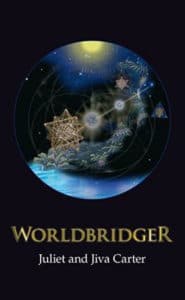 Over my 27 years of exploring the intersecting and parallel planes of religion, spirituality, science, and depth psychology, I’ve encountered many cosmologies, insight teachings, and healing modalities birthed into the human morphogenetic field by individual men and women.
Over my 27 years of exploring the intersecting and parallel planes of religion, spirituality, science, and depth psychology, I’ve encountered many cosmologies, insight teachings, and healing modalities birthed into the human morphogenetic field by individual men and women.
I’ve only experienced one birthed by a couple, Juliet and Jiva Carter, and their gift to humanity, The Template.
Though they’re listed as co-authors of the brilliant Worldbridger, as mentioned at the start of the book Juliet wrote it. This is important because I finished the book in record time, just 5 days, reading straight through. I continued on to explore The Template almost entirely due to what I sensed was true about her through her writing.
Because I’ll be frank, Worldbridger is a tough read. Not because it’s written poorly but because it’s written so uniquely and so well. The language is fantastically elegant and yet exceedingly dense, in a scientific way. The sentences carry such heavy concepts and syntax (i.e., “human morphogenetic field”) that the whole structure feels as if it might fly apart going around the next corner.
Except that it doesn’t. It holds together, as if woven by a holistic comprehension threaded through and within the words.
Juliet has been called a “quantum poet” by a friend describing this inimitable style. I think that’s an appropriate moniker. I’ve never read a writer quite like Juliet.
Beyond the language, the concepts and cosmology she expresses are also deeply confronting. To put it mildly.
Unfortunately I can’t offer a synopsis in a short space. Unless you’re one of those human beings with your heart and mind already blown and/or thrown wide open, Worldbridger requires a complete reframe of one’s understanding of Earth, the Sun, our Solar System, the cosmos, evolution, history, society, and our own bodies. Toss ‘em in the bucket. Religion, culture, and language are in there, too, along with time. (It’s a big bucket.)
And if you have any sacred cows grazing in your psychic field, call ‘em home. Because it’s burgers for dinner, Bessie!
In case you’re skeptical of this, I’ll share an easy idea from the book. See how you go:
The moon is not our natural satellite.
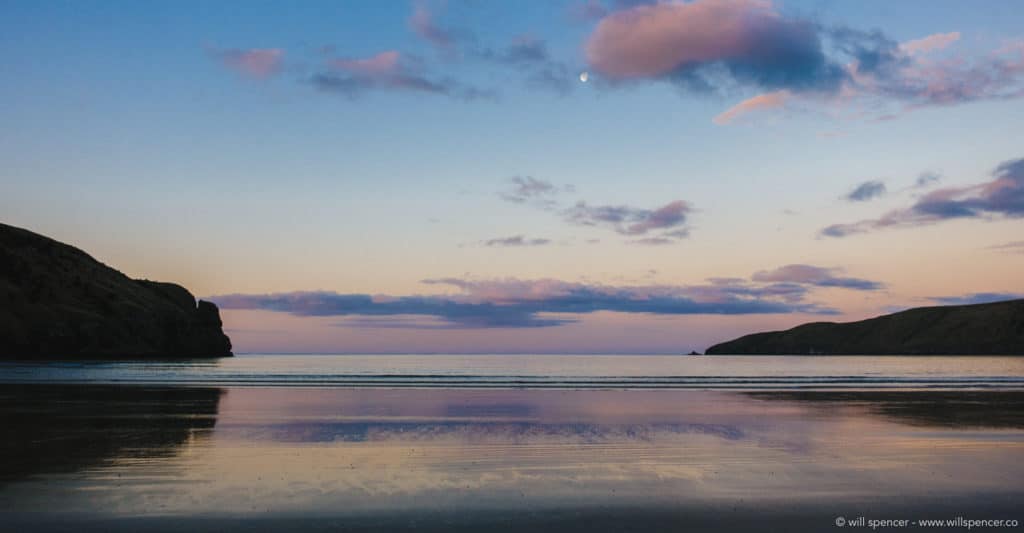
If you’re still interested, Worldbridger and The Template might be for you. I hope they are, because they’re marvelous. As I said, a gift.
Though it was not the refreshing portrait of divinity described in the book that drew me in. It was the humanity shining through it that validated the above and more, engendering my curiosity.
Because rather than writing from a lofty perch of light and love, the book opens with a gun. Pointed at Juliet’s face.
She proceeds to tell a moving story of a family struggling to make their way in this mad world, to love, to laugh, to live freely, to overcome adversity, and most of all to stay in tune with a specific intuition and the demands it places it on them. These are themes to which I very much relate. And through her telling, Juliet’s vulnerability as a woman, wife, and mother blessed and burdened with a message to share made me say in my heart, “Yes, this is a human.”
I cannot overstate the importance of this. I feel that a spiritual teaching that purports to communicate any truth about the nature of humanity had better be communicated through someone who embodies what it means to be actually human. This isn’t demonstrated through one’s grasp of abstract concepts or philosophies, for it’s not enough to climb to the top of the mountain. The knower must then come down and live what she knows.
Thus truth speaks to me most clearly through the contours of one’s lived experience, including of sacrifice, persecution, and suffering overcome in the pursuit of that truth.
Juliet and Jiva Carter have dedicated their lives to the one truth that, the more I travel, the more I know matters utmost: freedom, the right to live one’s life fully, harmlessly, in the manner of one’s choosing, liberated from the multiplicitous and multiplying systems of control imposed upon the residents of our planet.
In the book it’s clear that Juliet and Jiva, both separately and together, have lived this truth after learning it, and continue to learn this truth by living it.
This lends Worldbridger a certain type of resonance, though it won’t attract all. A book like this either asks someone to read it, to trust it, to listen from within, or it doesn’t speak to them at all.
But to those whom it speaks, it makes a sincere promise of brighter days, clearer nights, a peace surpassing language, and limitless journeys together to destinations we’ve never been, yet somehow we already know.
Indeed, it is truly a book for travelers.
In this, I offer my most deeply felt recommendation of Worldbridger.
My more genuine hope is that through my words the book recommends itself.
Purchased and read via Amazon Kindle, June 2017, on the suggestion of my good friend and brother, Tim.
Reader’s note: In the months since reading Worldbridger I have been extraordinarily lucky to spend personal time with Juliet and Jiva, and to have experienced the complete alchemical process of The Template, which was not possible until very recently.
I say with confidence that theirs is a profound teaching. It wipes away all dogma and all accepted narratives about who we are, where we come from, and why we are here. And the Carters are truly lovely people.
Plus, Juliet doesn’t talk like she writes. She uses a few more f-words in person.
Women Who Run With the Wolves by Dr. Clarissa Pinkola-Estés
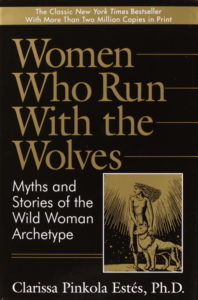 Fireworks. Marching bands. Taiko drums and trumpets. A raucous celebration of all life shouting its eternal vitality toward a glorious sunrise.
Fireworks. Marching bands. Taiko drums and trumpets. A raucous celebration of all life shouting its eternal vitality toward a glorious sunrise.
These are the things that should have foreshadowed Women Who Run With the Wolves arriving into my life. But Kindle’s download function is called “WhisperSync.” A nice irony.
Many times during the reading of this classic, bestselling book – practically every page – I wanted to rush to Facebook and post a quote from the book along with an introduction like this:
“Everyone, woman or man, whatever book you’re reading now, put it down and pick this one up. It might be the single best thing you can do for yourself and for humanity today.”
A bold claim, I know. But one of the chief features of our modern age, in my opinion, is everyone’s persistent search for answers. Whether it be for the causes of the election of a provocative politician; a tragic act of mass violence; the changing climate; the corruption and decay of our institutions; the growing divide between “haves” and “have nots”; or even the meaning of painful events in our personal lives, today we are seemingly obsessed with one question, “Why?”
Most will do almost anything to find the answer, except go within.
Dr. Estés began writing Women Who Run With the Wolves in 1970 and published it in 1992, before the panic of our post-9/11 age set fully in, and when we were still undistracted by ubiquitous digital technology.
As a result it carries wisdom and guidance from an era when, as a whole, people were more inclined and capable of looking inside. Perhaps even when it was “the thing to do.”
But Dr. Estés’ masterpiece carries even older wisdom than that, wisdom of such richness that it has cured into medicine.
I believe that’s what this age truly needs: not answers but medicine. Because what if our desperately yearned-for questions can’t be answered by science? What if, like a wound, we require not rationality but love? Not analysis by scholars but ministrations from healers?
That’s the sense in which I mean “medicine.” Medicine doesn’t explain why things are broken, it encourages us forward to health. Rather than explaining what is, medicine shows us what could be and what once was.
This is the medicine of Women Who Run With the Wolves. And it is strong medicine. My “feminine side” was gripped by its potency on every page. As a man I felt I understood that part of myself better, and that part of myself felt better to be understood. I can’t imagine what it would be like for a woman.
In fact, I’m jealous. Because no matter how hard I try or how badly I want it, the experience of being a woman and reading this book is one I can’t have.
If I could, I’m sure I would fall asleep with this book at night, clutching it, and never let it far from my sight.
Dr. Estés administers her medicine with lucid insight into the inner and outer condition of the feminine today, but does so via a medium that has seemingly little to do with our modern era: story, or what we might call “fairy tales.”
Viewed with a Jungian lens these ancient fables, passed down through generations of wizened women storytellers, reveal layers of archetypal meaning that speak to the deepest aspect of the feminine subconscious, an aspect which Dr. Estes calls “the Wild Woman Archetype.” This so-ancient-it’s-timeless part of the psyche understands the poetic, ecstatic dance of love, life, and nature in ways that complement the contemporary style of rational understanding.*
In this way, the 16 core stories Dr. Estés presents shine progressively brighter lights on the inner lives of women: who they are, how they hurt, how they can heal.
But again, not in rational terms. The book doesn’t reveal unseen layers of patriarchy or offer a handbook for professional or personal revolution.
Instead it gently guides the reader inward to the forgotten currents of a soulful life that live within every woman, but that soulless modern life covers over, drives us away from, pretends does not exist.
Dr. Estés calls this rio abajo rio, the river beneath the river, which runs below and within women’s lives, infusing them with emotional, physical, sexual, relational, spiritual, and imaginational vitality.
Women Who Run With the Wolves is a detailed map back to that river, so that women – and indeed, all of us – might drink from it again.
For are we not thirsty?
Being the man I am, with the interests I have, and the values that I hold dear, I can offer no higher praise:
Women and men, whoever you are, wherever you are, if you haven’t yet done so (and perhaps even if you have) I encourage you to put down whatever book you are reading and begin Women Who Run With the Wolves. Today.
It might be the best thing you can do for yourself. It might be the best thing you can do for women.
It might be the best thing you can do for humanity.
Purchased and read via Amazon Kindle, August & September 2017.
* For those interested, I will be exploring the companion “Wild Man Archetype” in a future post. This book is a good place to start. As is this blog post I wrote.
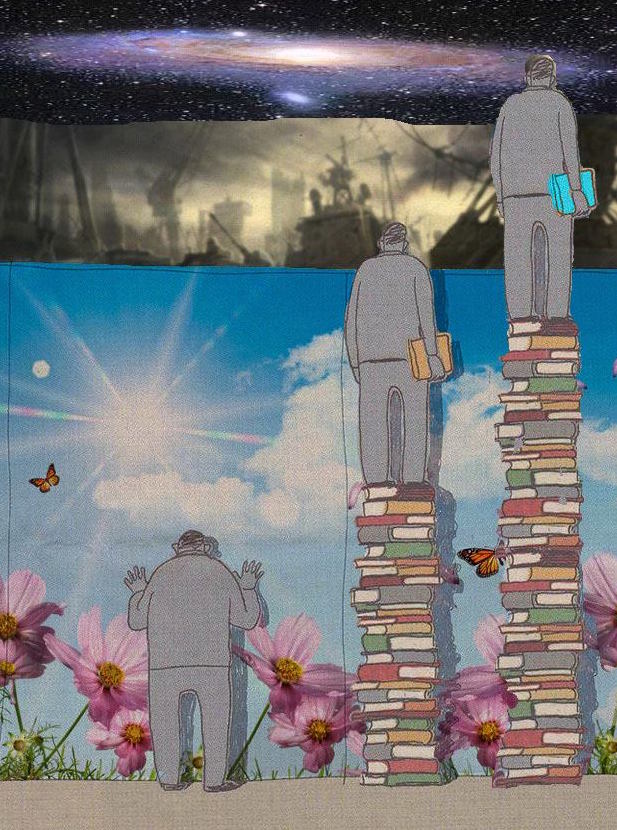
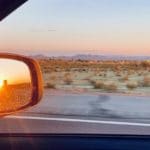

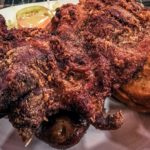
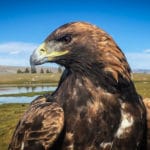
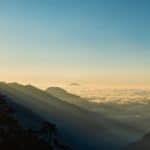
2 Comments